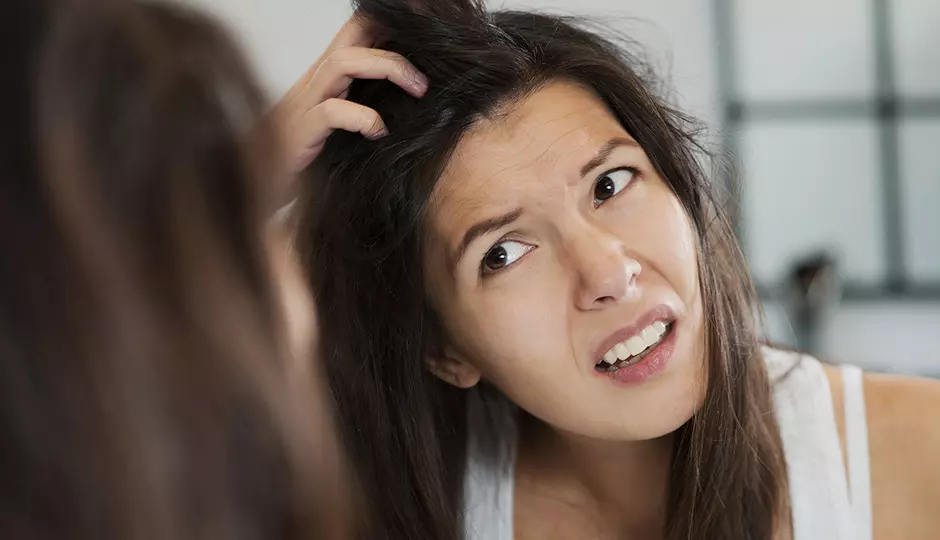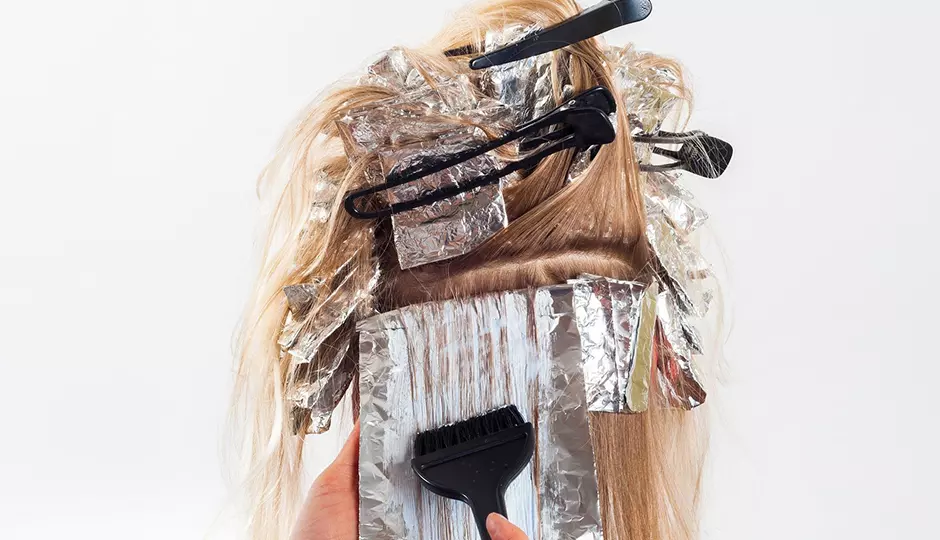Male pattern baldness is basically the scourge of mankind. Unfortunately, we don’t have a cure yet for androgenetic alopecia, which causes more than 95% of men’s hair loss. The good news is that we understand a lot more about pattern baldness than we used to. If your hair has started thinning, the best thing you can do is have a hair and scalp analysis to find out if you have androgenetic alopecia. By confirming this condition early, you give yourself the best chance of slowing down or stopping the hair-loss process. In the unlikely event that something else is causing your hair loss, you’ll be able to proactively address the underlying condition.







The Biological Hair Growth Process
When you boil it down, balding is all about the hair growth cycle. If growth gets interrupted, you can end up losing more hair than you’re growing. To understand your hair loss, you’ll need to understand how your hair grows.
Hair Growth Phase 1: Active Growth
Anagen is the first phase of hair growth, when hair cells multiply rapidly. New hair forms in the follicle, and older strands of hair get pushed out to make room. You should lose about 100 strands a day to this normal type of shedding. Ideally, each hair will stay in the Anagen phase for two to six years. Only about 3% of your hair should be in this phase at any one time. Anagen hairs are very important in determining whether hair loss can be prevented or reversed.
Hair Growth Phase 2: Transition
When a hair stops growing, it enters a short period of transition called the Catagen phase. It takes two to three weeks for the hair’s outer root sheath to pull away from the follicle and attach to the root of the hair. Once a hair has gone all the way through the Catagen phase, it no longer has potential to grow.
Hair Growth Phase 3: Rest
When a hair is done growing, it enters the Telogen phase. Even after an individual hair shaft enters this phase, the follicle that produced it can still have potential to grow. Too many Telogen hairs can indicate a hair-loss problem because they indicate that the hair-growth cycle is out of balance.
How Male Pattern Baldness Works
Androgenetic Alopecia, better known as Male Pattern Baldness, begins when a genetic switch is flipped in the body. Testosterone begins to be converted into DHT (Dihydrotestosterone), and it’s this hormone that causes all the trouble. DHT adheres to hair follicles and prevents them from getting the nutrition they need from the blood. Over time, a process called miniaturization causes follicles to shrink and hair to thin. Unless you have treatment to intervene, DHT will eventually kill the hair follicles, which do not regenerate. Because we’re born with all the hair follicles we’ll ever have, it’s important to take action as early as possible in the miniaturization process. If sufficient hair is still in or can be restored to the Anagen growth stage, further loss can often be prevented.
You need to know.
When you’re a man with thinning hair, chances are you’re dealing with male pattern baldness. Still, it’s extremely important to make sure a more serious condition isn’t causing your hair to thin or shed.
Some other causes of men’s hair loss include:
- Androgenetic Alopecia
- Alopecia Areata
- Alopecia Totalis
- Alopecia Universalis
- Scalp & Skin Disorders
- Thyroid Problems
- Autoimmune Disorders
- Prescriptions & Medical Treatments
- Anxiety or Stress
Starting to see the signs of male pattern hair loss? Worried that your thinning hair is abnormal? Give yourself the best odds of keeping your hair. Join us in our studio for a scalp evaluation, where we can help identify some of the potential factors that contribute to your hair loss. We can then walk you through some of the available options, and help you determine which treatment best fits your goals, your lifestyle, and your budget. Schedule your FREE professional consultation at Images of Princeton Hair Restoration in Hamilton Township, NJ today.



